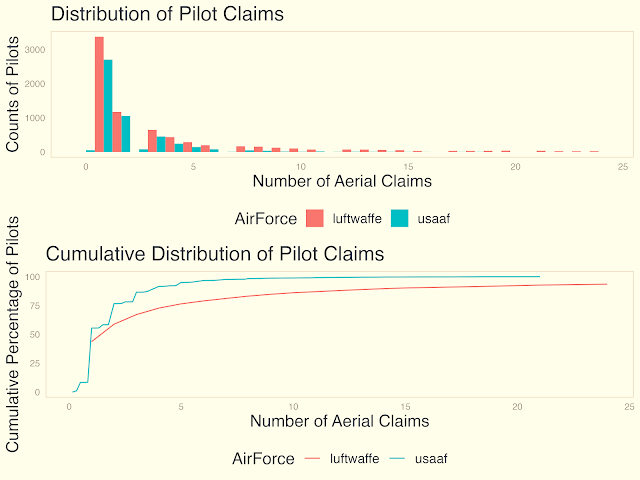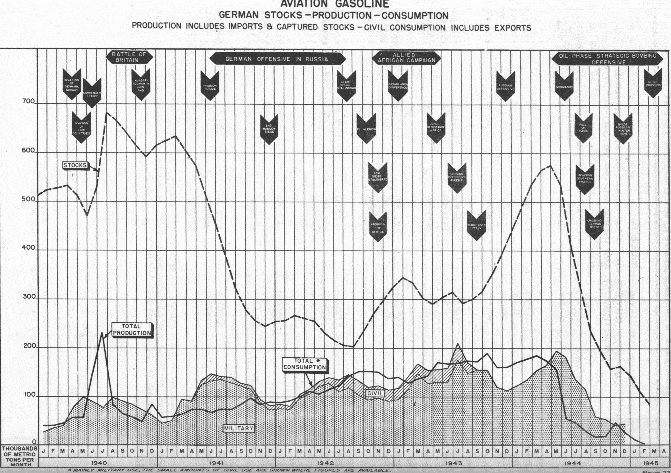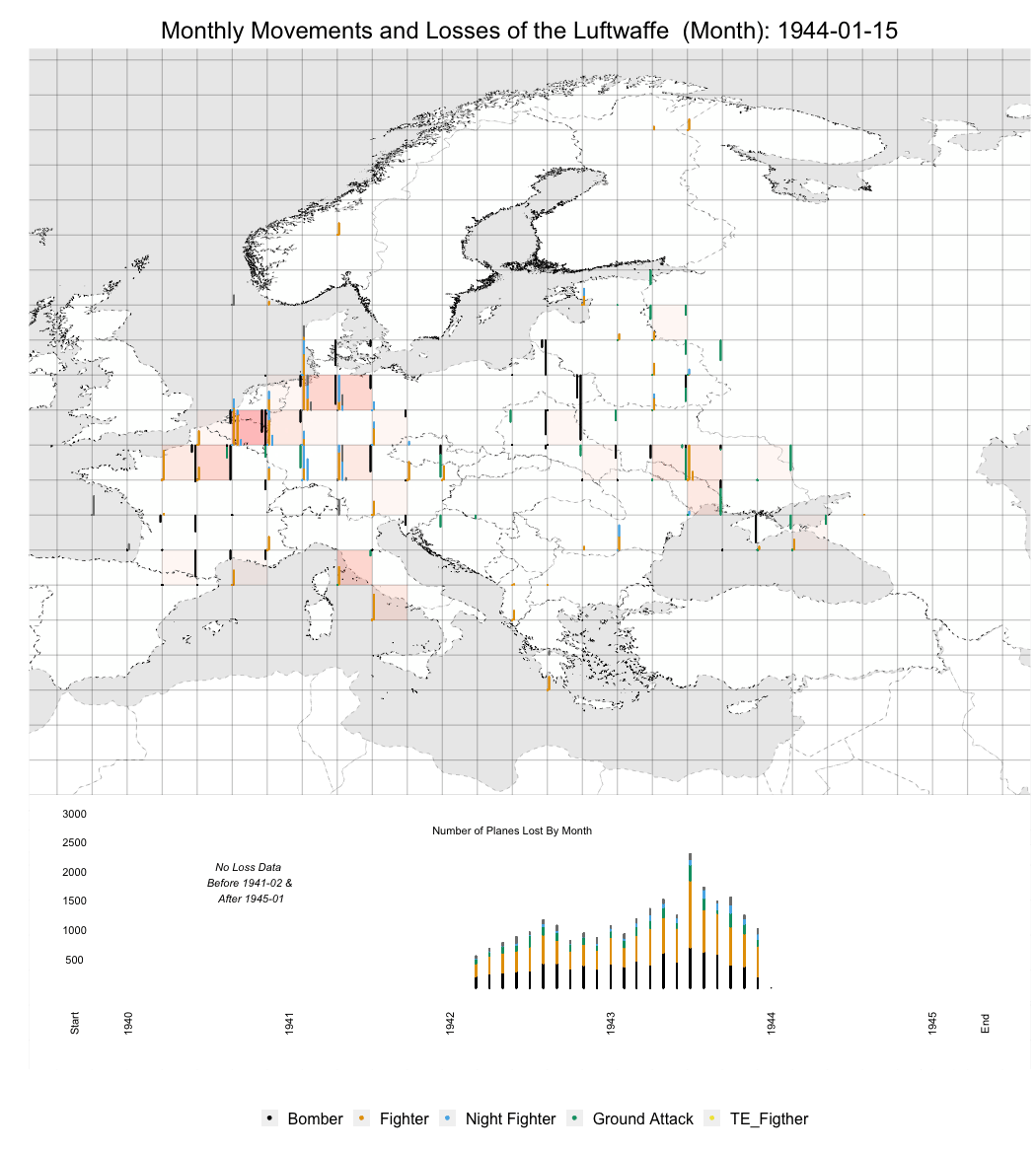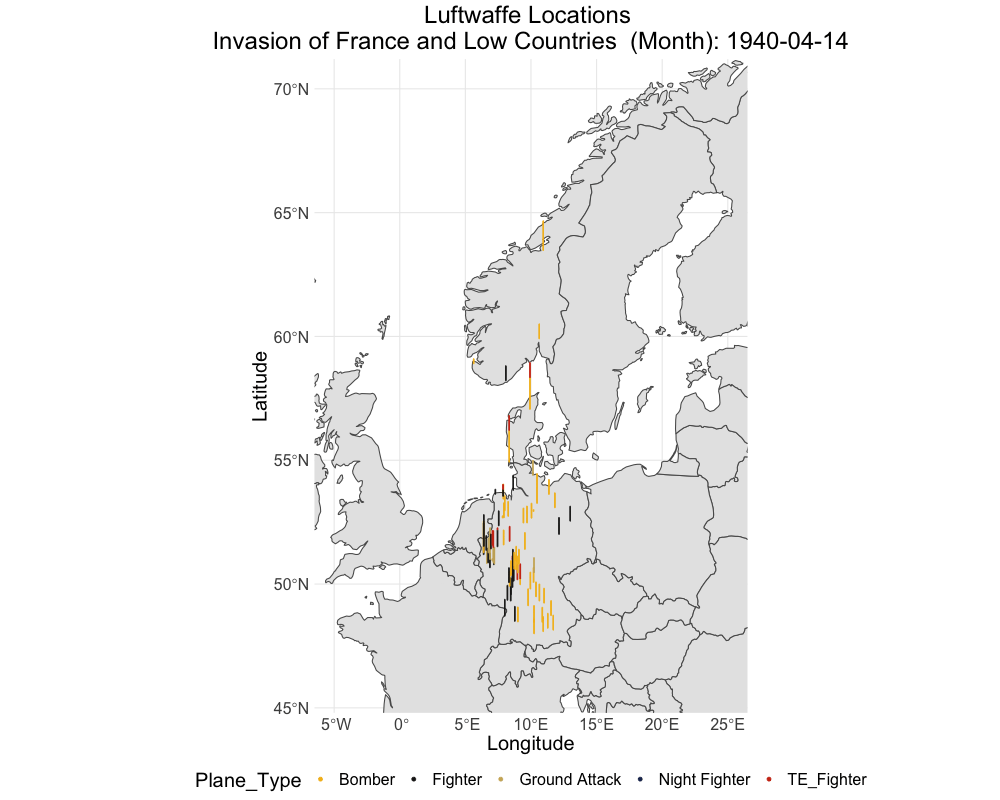August 1943 marked a pivotal moment in the USAAF's air campaign against Nazi Germany. Over Belgium, just shy of German borders, American fighter planes reached their maximum range and were forced to turn back. This left the bombers to continue their treacherous journey unescorted — a dangerous situation as bombers, historically, had been susceptible to enemy interceptors. But the USAAF had a tactic in mind, one that didn't depend on fighter escorts.
Rather than relying on fighters, these bombers adopted a close 'box' formation. This allowed each plane's machine guns to cover its neighbors, creating a tight web of interlocking defensive fire. With over 300 bombers flying together, this formidable defensive approach aimed to fend off enemy air attacks and reach crucial targets. Their mission was twofold: cripple the Nazi economy and decimate the German Air Force (Luftwaffe). Central to this goal were the ball bearing plants and airfield manufacturing hubs in Schweinfurt and Regensburg.
The concept of using air power to devastate an enemy wasn't exclusive to the USAAF. World War I, marked by grueling attrition warfare, had armies searching for alternatives. With the birth of aviation, theorists across nations believed they had found their answer.
 |
Imagine attrition warfare like two heavily-supported armies battling at the frontlines. |
By targeting the enemy's economy and supply chains, it was theorized that one could debilitate an entire army. Some even suggested going a step further — attack the civilian population to break their will to fight. This doctrine, known as strategic bombing, was embraced not only by the US but also by Germany and the UK during WWII.
 |
Strategic bombing aimed to render front-line warfare redundant by directly attacking industry or civilian populations. What set the USAAF's approach apart were two distinctive features. Firstly, they persisted with daylight raids on specific targets. Both the UK and Germany had initially attempted similar daytime strikes, notably during the early stages of the Battle of Britain, but abandoned them due to substantial fighter-induced losses. Secondly, the US Air Forces, unique among WWII's strategic air campaign entities, remained under the Army's jurisdiction. This probably meant they had more to prove, fueling their determination. |
The Schweinfurt was costly. Sixty bombers, each carrying ten crew members, didn't return. Despite the damage inflicted on the target, German reserves ensured production wasn't halted. Another attempt on Schweinfurt was made in October, once again without escorts, relying on the 'box' formation. Sadly, the outcome was much the same: heavy bomber losses amounting to 77 lost, nearly 20% of the attacking force.
Throughout this post, I’ll delve deeper into the strategies employed in the air war over Europe from 1943 to 1945, using aerial claims data from both the USAAF and Luftwaffe. This analysis will highlight how the USAAF weakened the Luftwaffe's relative and then absolute fighting capabilities.
Furthermore, a broader narrative emerges: the challenges institutions face when adapting to novel technologies. As a data scientist with experience in AI and machine learning, I've observed parallels in how teams within organizations navigate new technological terrains. The overarching lesson is the importance of adaptability and results-oriented strategies, as exemplified by the USAAF's pivot in 1944. (This thesis taken from To Command the Sky).
Aerial Claims Data
Luftwaffe Claims can be found here. USAAF claims can be found here.
Code for this post can be found here and here.
The foundation of this analysis is anchored in the aerial claims data from both the USAAF and the Luftwaffe during WWII. These claims, often referred to as 'victories' or 'kills,' are considered 'confirmed' based on the respective criteria set by each air force. Both datasets mention the pilot lodging the claim and the associated date.
However, recording methods between the two reveal discrepancies. The Luftwaffe's claims list seems incomplete, especially with noticeable gaps in the Eastern Front post-1945. Such gaps may be a result of lost records during the war's chaos. Furthermore, the Luftwaffe's standards for confirming claims appeared to be more lenient than those of the USAAF, potentially becoming even more relaxed as the war dragged on.
It's worth noting that aerial claims have a notorious history of exaggeration, sometimes by multi-fold, due to issues like double-counting or in-battle confusion. Despite this, I believe they offer a useful metric for comparing relative changes, shedding light on the evolving combat capacity of the opposing forces. My specific focus will be on the number of pilots logging claims within specific time frames.

The chart above provides a breakdown of the Luftwaffe's claims throughout WWII, with color-coding based on the nationality of the targeted aircraft. This data presents a comprehensive chronicle of the air war. After significant engagements like the fall of France and the Battle of Britain, the Luftwaffe's primary theater of operations transitioned to the Eastern Front in June 1941. This remained the focus until around the summer of 1943, after which the Luftwaffe began reallocating resources to counter the USAAF assaults over Western Europe.
A noteworthy observation is that the peak monthly claims occurred in the summer of 1943. Yet, a bulk of these were against the Soviet forces. Soviet planes were, on average, easier targets compared to those of the Western Allies. Hence, a decline in raw numbers doesn't directly equate to diminished combat proficiency. The Luftwaffe sustained formidable fighting prowess up until mid-1944, post which there was a precipitous decline in claims.
The questions this poses are intriguing: How did the Germans sustain their aerial efficacy for so long? And what transpired post mid-1944 that saw them receding from the skies?
A shift in the mental model
The setbacks during the Schweinfurt raids highlighted the USAAF's need for escorts. Several technological innovations were fast-tracked, including the introduction of drop tanks to extend fighter range and the P-51 Mustang, a longer-range escort that outperformed German propeller planes during the conflict.
However, tactical changes were equally vital. Initially, fighters were tasked with the primary duty of ensuring bombers returned safely. In effect, this meant they had to stay close to bombers, defending them. Strict regulations, like the rule preventing fighters from descending below 18,000 ft, gave German pilots an escape route: simply dive below that altitude. But by granting the fighters more flexibility, the USAAF could take the battle to the Germans.
These shifts resulted in a significant uptick in USAAF aerial claims, evident in the graph below.

The claims are categorized into the European (ETO) and Mediterranean (MTO) theaters of operations and color-coded by aircraft type. The bulk of these claims targeted German aircraft, although planes from Italy and other Axis powers are also included.
The 'first duty change' saw the USAAF claims in the ETO surge. Interestingly, this increase wasn't just due to the introduction of the P-51, indicating that the tactical shift alone provided a significant advantage.
While the USAAF did lose more planes in the first half of 1944, the proportion of losses relative to their total numbers declined sharply, attributable to the new tactics and the sheer volume of USAAF aircraft.

A pivotal realization was that high-altitude precision bombing wasn't as effective as hoped. Many bombs missed their targets. In response, the USAAF devised a new strategy: using bombers as bait to draw out and then decimate enemy fighters in the air.

(Schematic of new strategy was focusing on destroying enemy fighters in the air and using bombers as ‘bait’).
To compare the relative combat capabilities of the air forces, I've analyzed the number of pilots with claims over the last 30 days - a timeframe that offers a balance between reducing noise and highlighting short-term trends.
For the USAAF, I considered pilots making claims within the ETO/MTO, primarily against German aircraft, especially post-mid 1943 when Italy exited the war. For the Luftwaffe, I divided the data between those who downed a USAAF plane and their overall claims, given their multifront engagements.

The above plot indicates that, by early 1944, the USAAF had roughly matched the number of Luftwaffe pilots making claims against them. Considering the USAAF's more stringent claim standards, this could suggest an even more significant relative strength.
A subsequent plot detailing the first and last claim dates of Luftwaffe pilots reveals a stark contrast to the USAAF approach. While USAAF pilots were rotated out to train newcomers, German pilots mostly flew until they were incapacitated or killed. Thus, a pilot's last claim can potentially indicate their exit from the war.

A conspicuous surge in attrition is visible in early 1944, marked by pilots making both their first and last claims. This suggests that inexperienced pilots were hastily deployed.
A deeper analysis suggests that most of the pilot attrition during this period involved recent claim-makers. While German pilots in WWII were famed for their high claim counts (the top 100 fighter pilots are all WWII Germans), how did their elite fare?

When sorting pilots into categories based on their claims - 1-3, 3-5, 5-10, and over 10 - we observe that the USAAF had more pilots in the 0-3 and a similar number in the 3-5 category in early 1944. By the end of 1945, the USAAF matched the Luftwaffe in the 5-10 claims category but trailed in the over 10 category. Notably, the count of Luftwaffe pilots with over 10 claims surpassed other categories, save for 0-3. This discrepancy might arise from data preservation biases, where records of high-scoring aces were more likely preserved.

The data suggests that while the USAAF didn't boast as many top-tier aces as the Luftwaffe, the majority of claims were made by pilots with fewer than five claims. Elite pilots, while significant, weren't the deciding factor. Instead, the key was having a large contingent of competent pilots rather than a handful of elites.
The USAAF's strategy during this time was to wear down the Luftwaffe's vast pool of average pilots, thereby curbing their overall combat capability, if not outright defeating them.
Oil Campaign
Oil remained a pivotal resource throughout the war. Germany, lacking abundant domestic oil reserves, primarily imported its oil, notably from Romania, and also sought to seize it from Russia. In response to these challenges, Germany devised methods to convert coal into oil. This process, though costly, provided a crucial buffer against oil shortages. However, this lifeline became vulnerable when the USAAF began targeting these coal-to-oil facilities.
Starting in May 1944, the USAAF initiated a relentless campaign against German oil infrastructure, with significant impacts on German oil stocks and production manifesting within just a few months.

The above plot, sourced from the US Strategic Bombing Surveys, displays the interplay between consumption, production, stocks, and the USAAF's sustained assaults on oil facilities. There was a pronounced decline in production beginning in May.
Oil production facilities presented an optimal target for Allied bombers. These plants were large, making them easier to target from the air. Their intricate machinery was susceptible to damage and challenging to repair quickly. More crucially, oil was indispensable to the German war effort, and any disruption in its supply would significantly cripple their operational capabilities.
The strategy shifted to resemble a domino effect: by crippling primary (upstream) processes, subsequent (downstream) processes would inevitably collapse. This approach yielded stark results, evident in the noticeable dip in both the number of Luftwaffe pilots with recent claims and overall claims during this period.
Conclusions
This analysis has delved into three central strategic models the USAAF employed over Europe during WW2:
- The belief that bombers could penetrate enemy defenses without escorts, primarily by targeting and decimating German factories.
- The strategy of using escorts to directly combat and suppress the Luftwaffe in aerial battles.
-The oil campaign, which identified and exploited a significant vulnerability in the German war machine.
Individually, these strategies might not have been sufficient to bring about Germany's defeat. In hindsight, certain foundational assumptions underlying these tactics were flawed. Yet, that's not the ultimate takeaway. What stands out is the USAAF's adaptability and pragmatism. Even in the face of overarching strategic challenges, they maximized their available technology and resources. These significant contributions and the evolving role of airpower in warfare paved the way for the USAAF to transition into an independent military branch. By 1947, they had dropped the "Army" designation, leading to the formation of the United States Air Force (USAF).
Appendix Plot
Targets and Losses of 8th Air Force 1943-1944
Are claims Accurate?
Looking at monthly figures of B-17 losses for the eighth Air Force between 6/43 - 7/44 (for which I have data for) I plot against claims of B-17s in Luftwaffe database. I use B17s since the majority of these were specifically used by the 8th Air Force in Europe and I have data on the 8th Air Force losses. Below we can see they track each other reasonably well. It should not align perfectly as the losses data are for all causes (accident, weather, flak, etc) not just fighters.
Interestingly regression analysis shows claims are ~half of losses so Luftwaffe is roughly double counting.



















